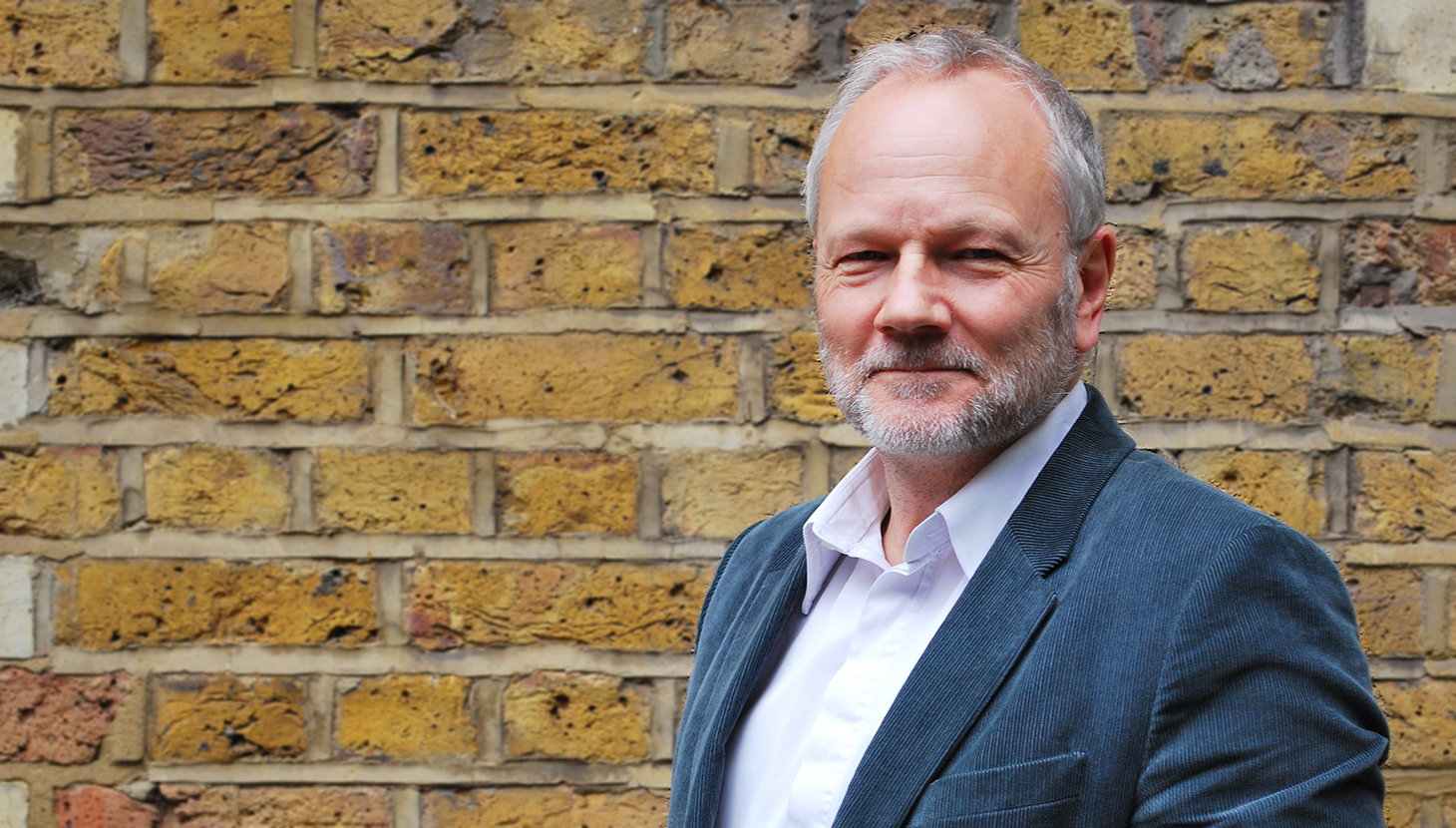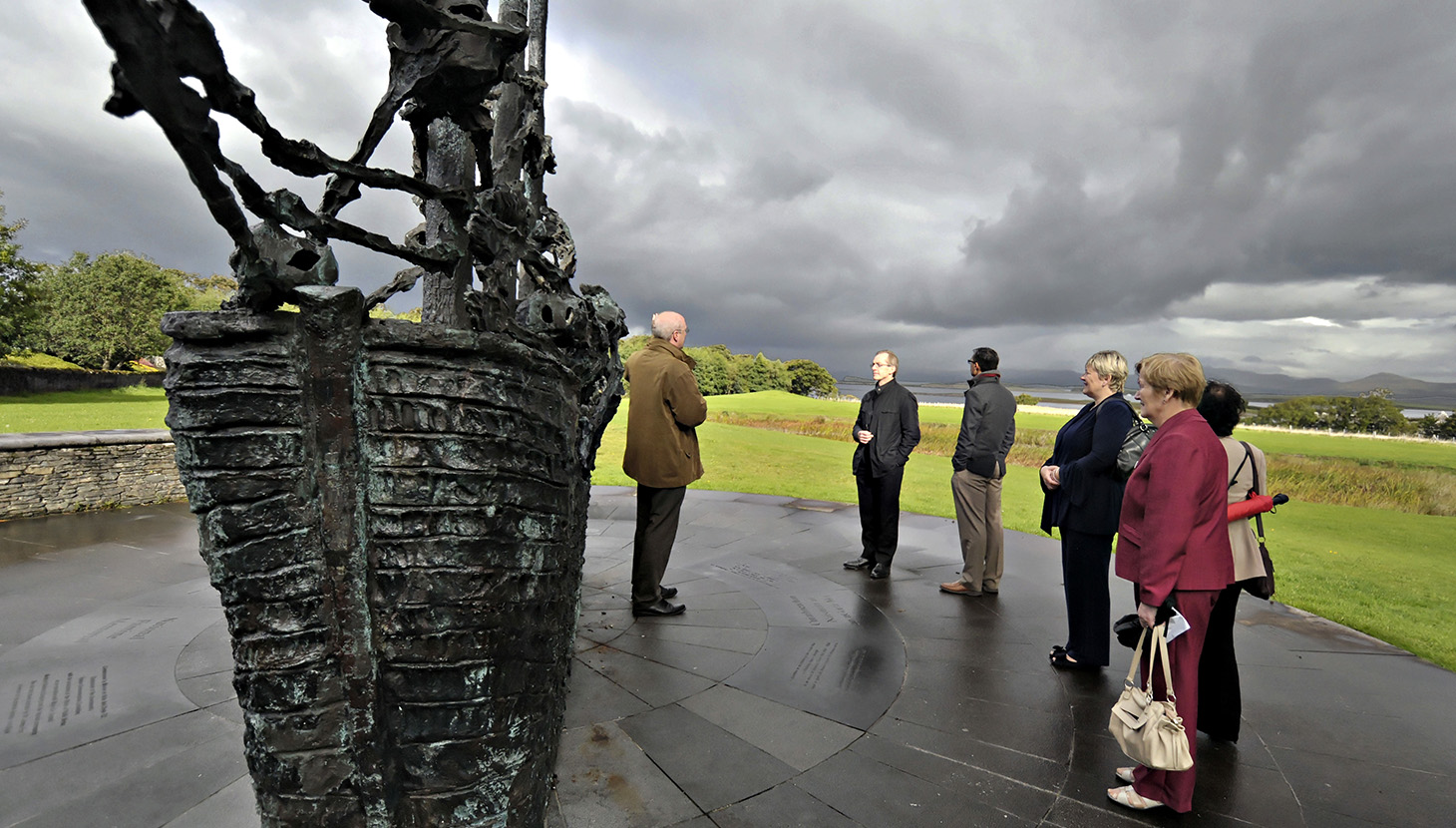
The Mid-Year Review generated lively discussion last Wednesday. I know some found sitting through three hours of presentations on plastic chairs on the hottest day of the year a bit uncomfortable, but I hope the opportunity to stretch and recover with a drink on Alan Baxter’s wonderful roof terrace quickly wiped the memory of any discomfort. (It was alright for me – as Chair I had the chance to stand up and move around occasionally. In fact, I think we should insist everyone do the same in future.)
The afternoon culminated with Terry Farrell’s excellent discourse on the results of his Review in its wider context. He drew perspectives from the audience of around 60 Academicians and guests of how the Academy might assist best in promoting the recommendations of the Farrell Review. We’ll be summarising these and posting them on the website shortly to pursue the discussion.
Enthusiasm for the Academy from within and beyond is buoyant, and those presenting at the Review showed how our events and activities are increasingly popular. Alan Baxter was characteristically enthusiastic at the reception about how the Academy promotes a better understanding of the primacy of quality of life over economic wealth in creating and sustaining great places. Many others there were saying the same thing in different ways.
One of the conversations I had revolved around the importance and value of the stories of places in strengthening people’s sense of belonging and well-being. Social and economic policies require performance criteria and statistics to demonstrate their success or failure; to justify or deny investment. These words and figures rarely capture the public imagination however, whereas the stories of achieving transformation or strengthening distinctiveness attract interest and attention.
The Academy’s broadening membership and scope of activities enables us to engage with popular perceptions of urban quality, while our structured assessment and analysis ensures that our learning remains rigorous and objective.
We are building a remarkable archive of stories through our Annual Awards. By the end of this year we will have 150 detailed assessments which incorporate the stories of the people, businesses and organisations that have combined to achieve widely-acknowledged success.
At last week’s Big Meet, organised by University College London to unite the efforts of organisations interested in implementing the Farrell Review, I made the point that if we really want to focus attention on and improve the quality of PLACE, as the Review recommends, we should start, not with the vested interests of the 40 organisations represented, but with the places that demonstrate successful urbanism.
This is where I think the Academy can make a distinctive contribution by increasing popular interest in the qualities of urban life, and through this, greater political interest. At the heart of this is the Academy’s growing store of stories from the places we have visited. You still have time to sign up to one or more of this year’s Assessment Visits and play your part in recording the inspirational stories of this year’s finalists. Please join in if you can – the timetable is on the website – you’ll find them fascinating, refreshing and inspiring. And you’ll be helping to ensure that we continue to build a better understanding of how places actually work, rather than how we expect them to.
Steven Bee
Chair
